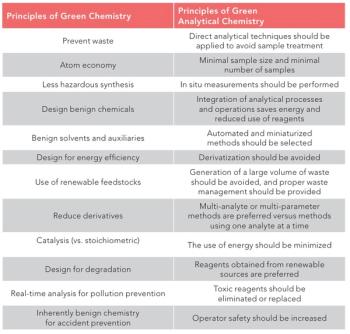
- LCGC Asia Pacific-09-01-2012
- Volume 15
- Issue 3
Analysis of Intact Proteins on a Thermo Scientific Accucore 150 C4 HPLC Column
Thermo Scientific Application Note
This application note demonstrates the analysis of intact proteins using a Thermo Scientific Accucore 150-C4 (150 Å pore diameter) HPLC column. Analysis of six proteins ranging in mass from 6 to 45 kDa is carried out in 15 min with pressures compatible with conventional HPLC instrumentation.
Accucore™ HPLC columns use Core Enhanced Technology™ to facilitate fast and high efficiency separations. The 2.6 μm diameter particles have a solid core and a porous outer layer. The optimized phase bonding creates a series of high-coverage, robust phases. The tightly controlled 2.6 μm diameter of Accucore particles results in much lower back pressures than typically seen with sub 2 μm materials. For the analysis of large biomolecules the Accucore pore size has been further optimized and a C4 phase with reducedhydrophobic retention has been prepared. This 150 Å pore size enables the effective analysis of molecules unable to penetrate into smaller diameter pores, whilst the low hydrophobicity C4 phase results in protein separation by hydrophobicity.
Chromatographic separation of proteins at the intact level prior to MS analysis is desirable for reducing sample complexity and maintaining global protein information. In this application note we demonstrate the excellent performance of an Accucore 150-C4 HPLC column for the chromatographic separation of six intact proteins (6–45 kDa).
Thermo Scientific Column and Consumables
Accucore 150-C4, 2.6 μm, 100 × 2.1 mm Vials and closures (P/N MSCERT 4000-34W)
Thermo Scientific Accela HPLC System
Flow rate: 400 μL/min
Run time: 15 min
Column temperature: 40 °C
Injection details: 2 μL (10 pmol/μL solution of each protein) UV detector wavelength: 214 nm
Back pressure at starting conditions: 185 bar (c.f. 320 bar on sub 2 μm material)
Data Processing
Software: Thermo Scientific Xcalibur 2.0 SR2
Mobile Phase
Mobile phase A: 0.1 % TFA in 30:70 acetonitrile:water
Mobile phase B: 0.1 % TFA in 98:2 acetonitrile:water
Gradient: 0–30% B in 8 min, 30–95% B in 2 min, hold at 95% B for 1 min and re-equibrilate for 4 min
Results
Under these conditions, six proteins covering the mass range of 6 to 45 kDa can be separated on an Accucore 150-C4 HPLC column in less than 15 min with back pressures compatible with conventional HPLC equipment. The chromatography is shown in Figure 1 with all of the proteins eluting with sharp symmetrical peaks and being baseline resolved, with the exception of an impurity from carbonic anhydrase which co-elutes with lysozyme.
Figure 1: Chromatogram for six proteins separated on an Accucore 150-C4 HPLC column. 1. insulin 2. cytochrome c 3. lysozyme 4. myoblobin 5. carbonic anhydrase 6. ovalbumin * carbonic anhydrase impurity.
Conclusion
- Accucore 150-C4 HPLC columns show excellent separation of six test proteins of differing mass (6–45 kDa) within 15 min.
- Good peak shape is observed for all proteins.
- The back pressure is compatible with use on a conventional HPLC system.
Thermo Fisher Scientific
Tudor Road, Manor Park, Runcorn, Cheshire WA7 1TA, UK
tel. +44 (0) 1928 534110
Articles in this issue
over 13 years ago
2D Analysis of Thermoplastic Elastomers TPEover 13 years ago
Characterization of PLGA Using SEC–MALS-VISover 13 years ago
Event News: FoodLytica 2012over 13 years ago
A Short Introduction to Multidimensional GCover 13 years ago
Readers' Questionsover 13 years ago
Vol 15 No 3 LCGC Asia Pacific September 2012 Regular Issue PDFNewsletter
Join the global community of analytical scientists who trust LCGC for insights on the latest techniques, trends, and expert solutions in chromatography.




